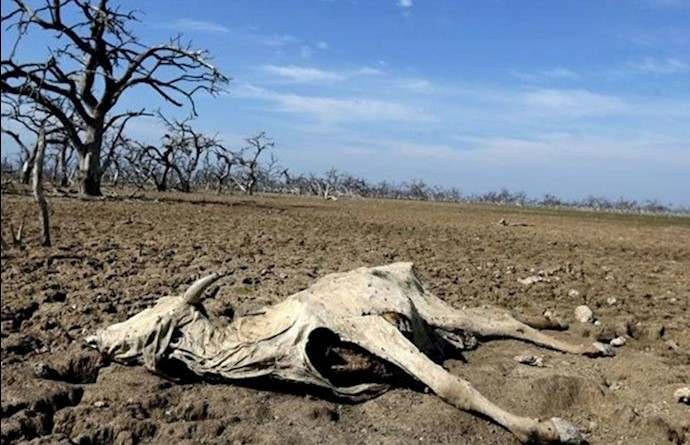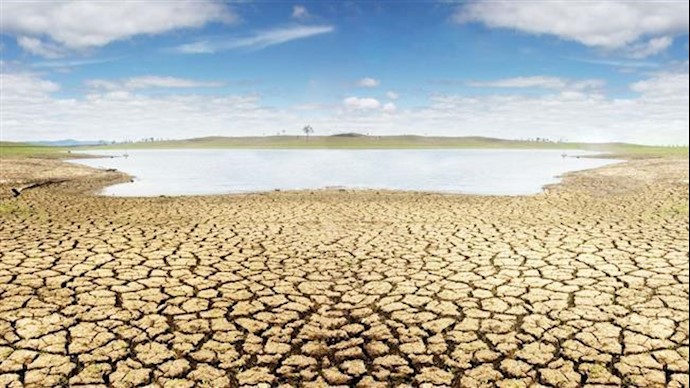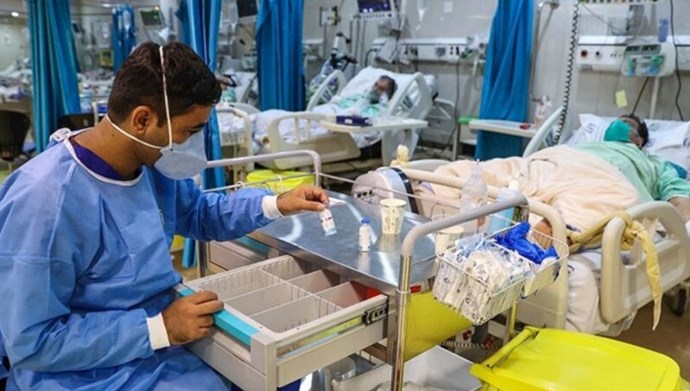Analysis by PMOI/MEK
Iran, July 9, 2018– Earlier this month, protests erupted in Khorramshahr and other cities of Khuzestan province over lack of access to drinking water. The protests soon turned into anti-government demonstrations, marked by slogans against the regime’s president, supreme leader the entirety of the mullahs’ theocracy.

Water crisis spurring protests in drought-hit Iran
Protests over water are not new, although the new wave of nationwide uprisings that have started since the beginning of the year have given them new fuel. Iran’s water problem has lasted for more than a decade and can be seen in different provinces of Iran, including in Isfahan, where farmers are protesting over the poor irrigation facilities, in Azerbaijan, where the country’s largest lake is drying, in Kermanshah, Kurdistan and elsewhere.

The role of Iran's water crisis in the recent protests
Hassan Rouhani, the Iranian regime’s president, recently acknowledged that Iran’s water scarcity problem has become a national security issue. But unsurprisingly, his regime’s response to protests over the shortage of water has been to violently crack down on demonstrators and to make up absurd excuses to blame the country’s environmental problems on other countries in the region.
The water crisis in Khuzestan province
But how is it that Iran, a country that is rich with natural resources, is suffering from water problems?
According to the regime’s own media, between September and December 2017, Iran saw its driest period in over 67 years, and 40 percent of the country is undergoing a serious drought. Those figures were reported by the National Drought and Monitoring Center. Iran is also facing a deforestation, desertification, and severe water and air pollution. A stark example is that of Khuzestan, which is faced with periodic waves of dust storms, which are taking their toll on the province’s population.
People in the city of Borazjan in southern Iran shout we don't have water
One of the main reasons behind Iran’s water and environmental problems is the excessive creation of dams by the Revolutionary Guards. This was a practice that was intensified during Mahmoud Ahmadinejad’s presidency and continues to this day. The creation and administration of dams has become a lucrative business for the IRGC and has disrupted Iran’s ecological balance and has triggered and aggravated the drought in Urmia, Isfahan and elsewhere.
The IRGC’s destructive activities in paralleled by severe budget cuts on the country’s environmental institutions, which has been the norm since the 1979 revolution. Rouhani’s own deputy environment minister, Kaveh Madani, recently fled the country because he was being accused of colluding with foreign powers.
The regime has also shown hostility toward environmentalists. Following the nationwide uprisings that started at the end of December 2017, the regime arrested dozens of environmentalists, again accusing them of cooperating with hostile foreign states. One of them, Kavous Seyed-Emami, died under mysterious conditions in the regime’s prison and the regime’s authorities claimed that he had committed suicide. But given the regime’s record of killing prisoners and declaring their deaths as suicide, one can only guess at the validity of that claim. Following the widespread arrest of protesters at the beginning of the year, the regime has murdered several prisoners in the same manner.
After fleeing the country, Madani tweeted, ““Yes, the accused fled from a country where virtual bullies push against science, knowledge, and expertise and resort to conspiracy theories to find a scapegoat for all the problems because they know well that finding an enemy, spy or someone to blame is much easier than accepting responsibility and complicity in a problem.”







